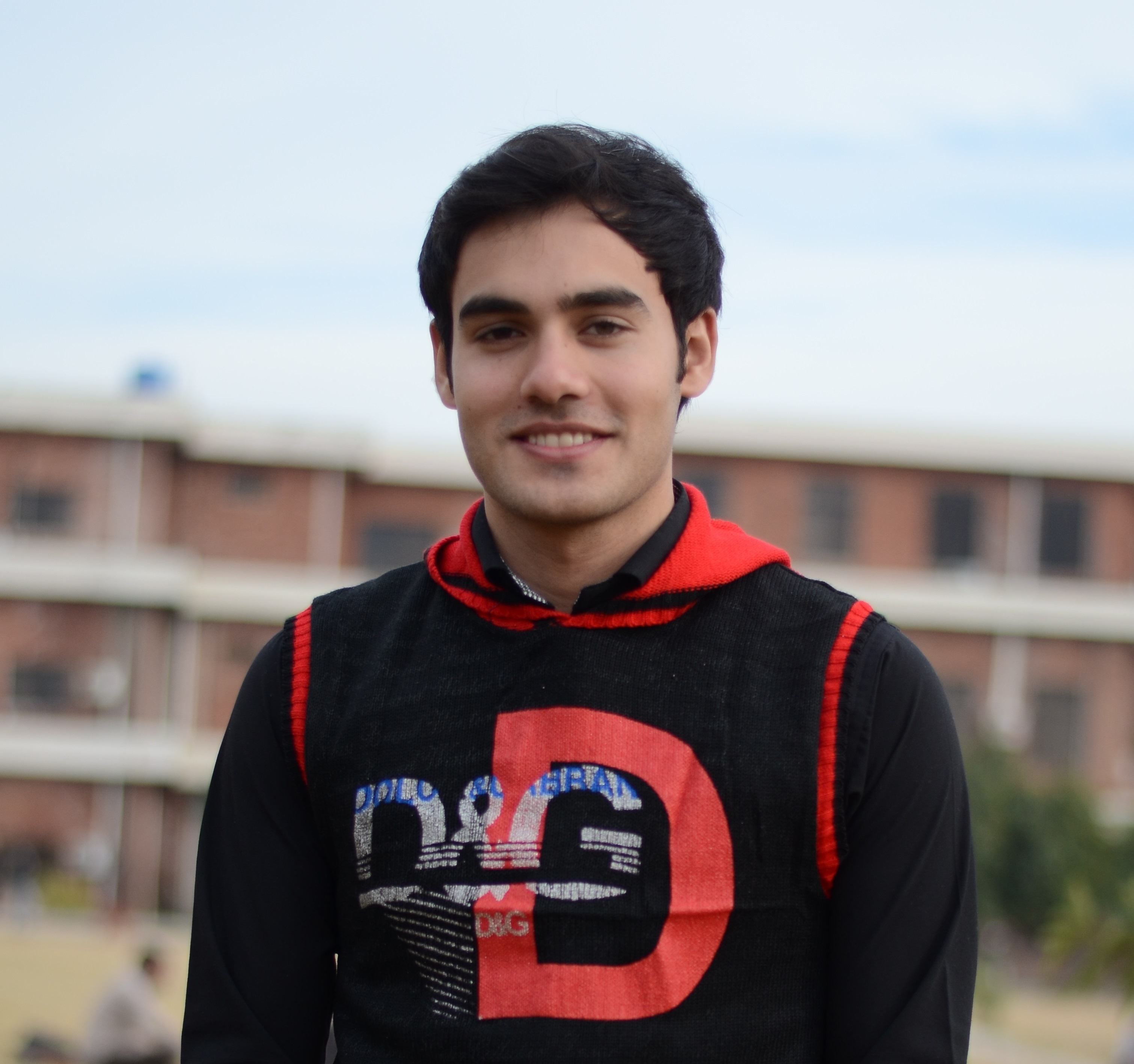 By塔哈汗Apr 18 2022
By塔哈汗Apr 18 2022
一组科学家使用机器学习(ML)来精确鉴定基于AFM图像的界面离子水合物的原子结构,包括水分子的方向以及每个原子的位置。此外,他们观察到,使用经过界面离子数据训练的神经网络,可以以具有成本效益的方式进行水合物的结构预测。因此,这项特定的研究提供了一种经济有效的方法,以确定来自AFM图像的复杂系统的原子结构,并有助于解释其他复杂的实验结果。
当前方法的背景和局限性
离子水合物的原子结构信息对于理解离子水合物/固体界面的独特物理和化学特征至关重要。如今,为了表征原子水平的界面水结构,使用了基于QPLU的AFM。但是,当前技术的真正问题是,当将AFM与氧原子形成鲜明对比时,氢原子不可见。因此,应用常规方法通常需要反复试验,以忽略大量具有不同OH取向的可能性较小的结构模型。
概括
一组科学家开发了一种用于转移学习的ML方法,该方法可以从经济上确定来自AFM图像的界面离子水合物的结构。为此,他们以Na+水合物为例。首先,他们通过经典MD训练了许多模拟界面水结构的AFM图像的神经网络结构(NN)。之后,他们基于DFT计算的静电电位对NN进行了重新训练。通过这样做,NN能够实现氧气和钠的预测准确性,以及氢的预测精度为85%。
来自AZOM的更多内容:原子力显微镜的趋势
The orientation of water molecules and the position of each atom can be easily identified from the NN’s predicted representation of the designed structure. The efficiency and accuracy of this prediction that was achieved by using this method are not only far superior to that of the反复试验流程但是,任何先前的机器学习方法都无法实现这种高效率和准确性。此外,具有成本效益的机器学习方法也是使用AFM图像预测结构的一般工作流程,并且可以将其扩展到其他复杂系统(例如ICE表面),并从其他光谱实验的发现中扣除信息。
发现
The whole process goes through various phases including data preparation for preliminary training, interfacial water structure prediction on the basis of preliminary training, Na+ hydrates’ structure prediction based on transfer learning, and then validity assessment of the transfer learning.
For this final phase, different training sets with different data volumes are used to train NN with or without transfer learning. The prediction accuracy of each set is then calculated by a dataset containing 500 hydrate structures. NN trained with transfer learning shows a better prediction accuracy of all atomic species as opposed to transfer learning for N more than 500. The hydrogen prediction accuracy based on a natively trained NN without transfer learning is nearly zero.
However, higher prediction accuracy is achievable with just a few thousand data using transfer learning of primarily trained NN. Also, an important observation is that when N is smaller than 500, the directly trained NN perform better than transfer learning in Na+ predictions. This can be because of two factors. One is due to the stronger signal for Na+ in AFM images that makes learning easy for NN, and the second is that to retain primarily trained NN through transferred learning, enough Na+ hydrate data is required to eliminate previous local minima.
此外,当n增加到500时,这种明显的转移学习限制很快就会消失。但是,转移学习的预测准确性在n高于1000时没有改善,这表明在这种情况下,只有几百个数据训练精确而准确的NN所必需的。
我们可以得出结论,通过将学习到离子水合物系统的转移可以转移,主要是用界面水数据训练的NN,这可以通过非常有限的数据进行NN培训,以获得非常高的精度预测,即使对于复杂的结构也是如此。
未来的含义
This study is of great importance for AFM image-based high-resolution atomic structure predictions. However, further improvements can be made. For example, experimental errors like tip drifting and noise distribution need more careful handling in order to improve prediction accuracy.
将来,通过引入NN体系结构,该方法将能够确定ICE等3D结构。可以针对各种应用程序进一步修改这种机器学习方法;例如,解释其他实验测量值,例如TEM,SEM和STM。
参考和进一步阅读
Tang, B., Song, Y., Qin, M., Tian, Y., Cao, D., Wu, Z. W., ... & Xu, L. (2022). Machine learning aided atomic structure identification of interfacial ionic hydrates from atomic force microscopy images. arXiv preprint arXiv:2203.12443.https://arxiv.org/abs/2203.12443
免责声明:此处表达的观点是以其私人身份表达的作者的观点,不一定代表AZOM.com的观点有限的T/A Azonetwork本网站的所有者和运营商。此免责声明构成了条款和条件of use of this website.